When you think about Porsche’s performance models, the iconic 911 and the Boxster/Cayman pair dominate. But every decade or so, the engineers at Weissach decide to abandon restraint to create something truly wild. These are Porsche’s halo cars: extremely rare and limited-run models that are a showcase of innovation, passion, engineering, and motorsport-derived technology coming together in a single model. Think of cars like the revolutionary 959 in the 1980s, the homologation 911 GT1 Straßen version from the 1990s, the raw Carrera GT in the 2000s, and its technological successor, the 918 Spyder in the 2010s.
Fast forward to this decade, and both McLaren and Ferrari have given us the W1 and F80 hypercars. We’re yet to see anything from Porsche, but concepts like the 919 Street and the Mission X have given us hope. But until the next big thing from Zuffenhausen, how do Porsche’s last two supercars compare? To find out, we stack both models and compare their performance, design, interior, current values, and what to watch out for before you buy.
Porsche Carrera GT Vs Porsche 918 Spyder: Performance
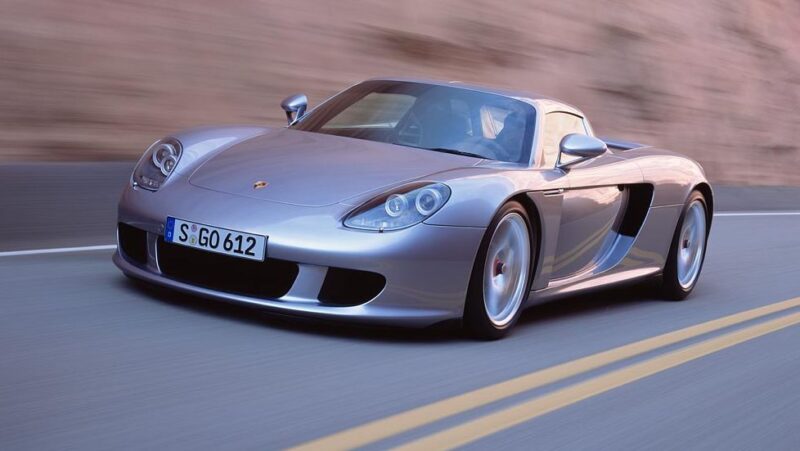
Let’s kick things off with performance. The Carrera GT marked the end of the analog era, and its centerpiece was the naturally aspirated 5.7-liter V10 engine derived from Porsche’s shelved Le Mans prototype, which put out 603 horsepower and 435 pound-feet of torque. The 8,400 rpm redline and an evocative howl from the engine are enough to give both drivers and bystanders (gearheads) goosebumps. The V10 comes mated to a six-speed manual gearbox featuring Porsche’s Ceramic Composite Clutch, which has earned a bit of a reputation for being notoriously unforgiving.
It has a tendency to engage abruptly, requiring precise modulation; a fact that weeds out the uninitiated. Couple that with rear-wheel drive and a lack of traction or stability control, and the CGT makes for a potential widow-maker candidate. Porsche Carbon Ceramic Brakes (PCCB) was standard, but to make things safer, Porsche developed a modern tire with Michelin for the Carrera GT. In the end, for those who can tame this beast, the inboard push-rod suspension and impeccable chassis balance, fine-tuned by none other than two-time WRC champion and Porsche works driver Walter Röhrl, pays dividends in spades, be it out on the road or the track.

In contrast, the 918 Spyder completely re-imagined high-performance Porsche for the hybrid age. Being part of the Holy Trinity lineage, it pairs a naturally aspirated 4.6-liter V8 derived from the RS Spyder LMP2 race car with two electric motors. One drives the front axle, while the second one supplements the V8 in the rear, and the system has a combined output of 887 horsepower and 944 pound-feet of torque.
While it may not have the spine-tingling sound profile of the Carrera GT, the 918 makes up with lightning-fast shifts courtesy of a 7-speed PDK dual-clutch automatic transmission and more secure all-wheel drive. These two aspects alone vastly improve on-road manners, and combine that with rear-axle steering, torque vectoring, and Porsche Active Management System (PASM), and you have a supercar that won’t punish you. PCCB was once again standard, and the multiple drive modes mean the 918 Spyder can go from all-electric to Hot-Lap mode in mere seconds.
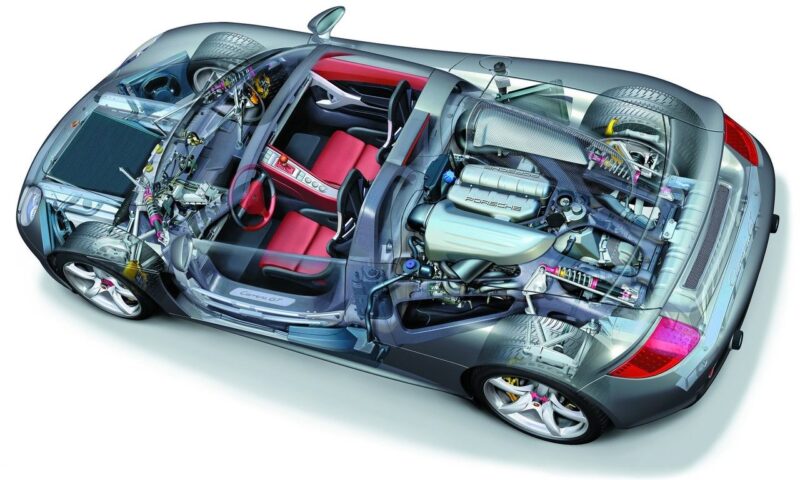
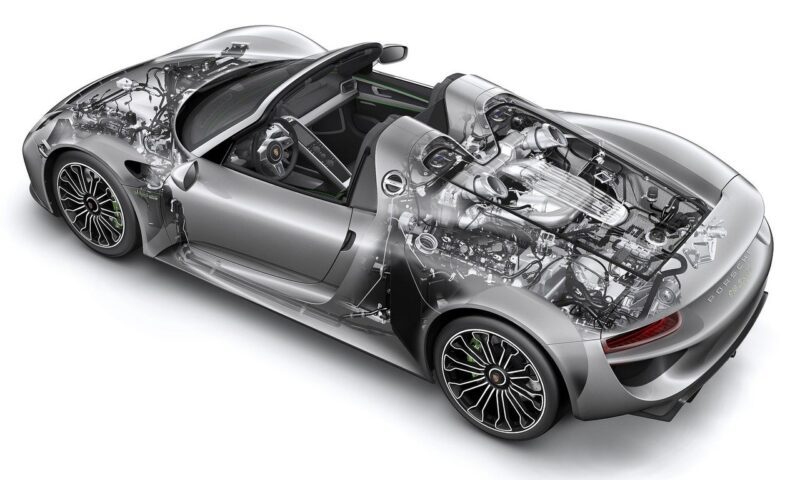
Porsche Carrera GT Vs 918 Spyder Specs
| Specification | Porsche Carrera GT | Porsche 918 Spyder |
| Engine | 5.7L NA V10, DOHC, Le Mans-derived | 4.6L NA V8 + 2 electric motors (PHEV) |
| Power | 603 hp @ 8,000 RPM | 887 hp (608 hp ICE + 279 hp electric) |
| Torque | 435 lb-ft @ 5,750 RPM | 944 lb-ft combined (ICE + electric motors) |
| Transmission | 6-speed manual | 7-speed PDK dual-clutch |
| Drivetrain | Rear-wheel drive | All-wheel drive (hybrid: ICE RWD + electric FWD) |
| 0–60 mph | ~3.5 seconds | ~2.2 seconds (with Weissach Package) |
| Top Speed | ~205 mph | ~214 mph (93 mph electric only) |
| Curb Weight | ~3,042 lbs | ~3,602 lbs (Weissach: ~3,516 lbs) |
| Nürburgring Time | 7:12 | 6:57 |
Exterior Design: Timeless Elegance vs. Futuristic Aggression
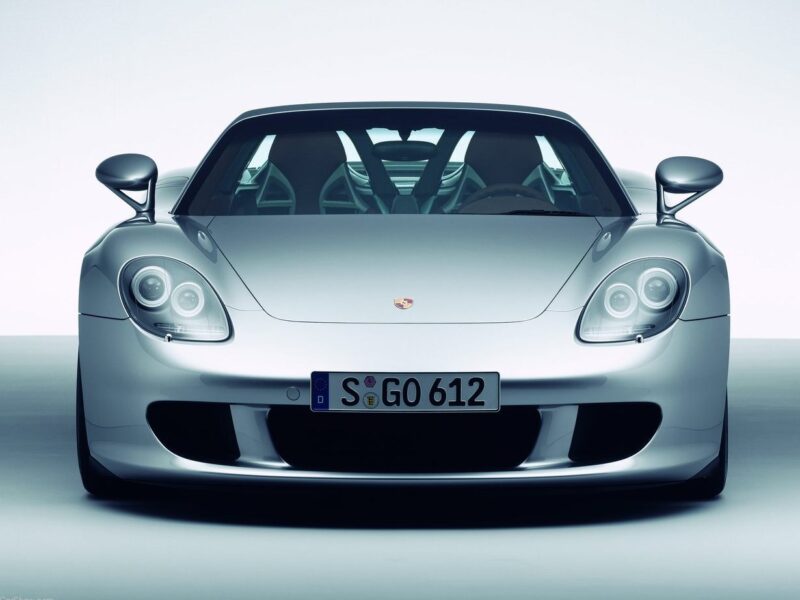
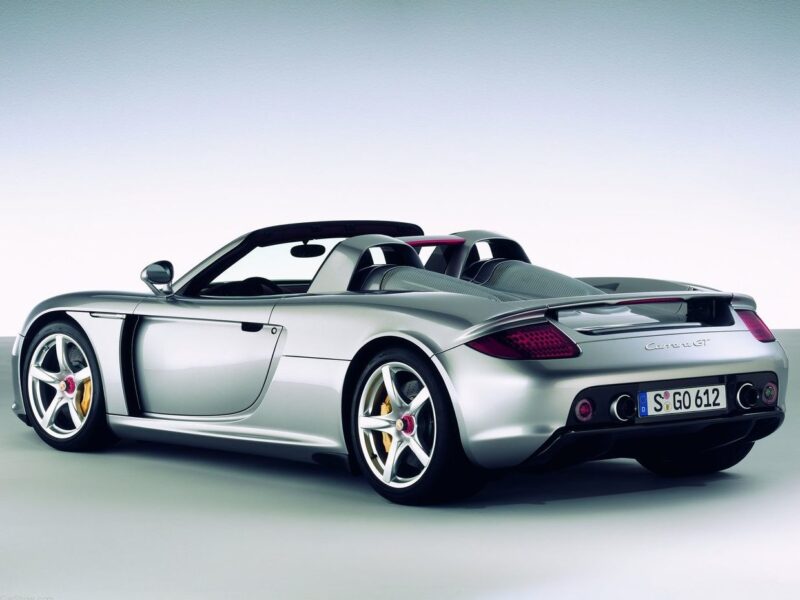
Compared to the busy aesthetic found on modern supercars, the Carrera GT’s exterior styling certainly channels the essence of supercar minimalism of the late 1990s and early 2000s. The low-slung stance, long wheelbase, and side intakes create a purposeful silhouette.
Its design is defined by function, with elements like the mesh engine cover that not only showcase the CGT’s crown jewels, but also help the V10 with cooling. The active rear wing deploys automatically at 75 mph, and the extensive use of carbon fiber and magnesium center-lock wheels keeps the weight down to a hair over 3,000 pounds. Overall, the Carrera GT has aged gracefully over the past two decades.

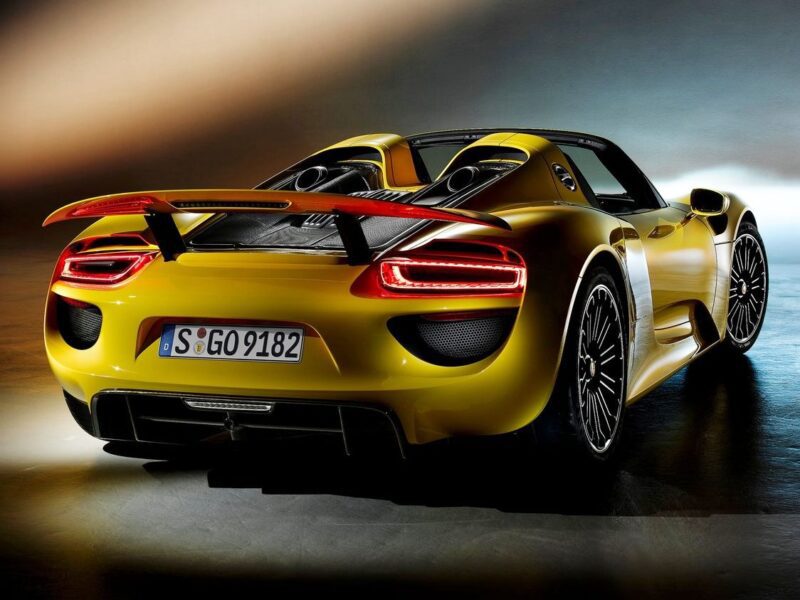
The 918 Spyder, meanwhile, looks like it was designed in a wind tunnel (it was) by engineers obsessed with aerodynamics and efficiency. Built around a lightweight carbon-fiber reinforced polymer (CFRP) monocoque, the 918 exudes sophistication and tech compared to the Carrera GT. The Signature four-point headlights were now a common feature across most Porsche models, but one of the most striking design elements on the 918 is the two top-exit exhaust pipes. While they look like they belong on a concept car, they are present to reduce back pressure.
The overall bodywork was shaped to direct airflow with precision to maximize downforce. Porsche Active Aerodynamics (PAA) brings along active front underbody flaps, a variable rear diffuser, and an active wing that adjusts in real time. Staggered wheels at the rear, large air inlets give it an aggressive stance, distinguishing it as a tech-focused future classic.
Interior Experience: Spartan Purity vs. Digital Intelligence
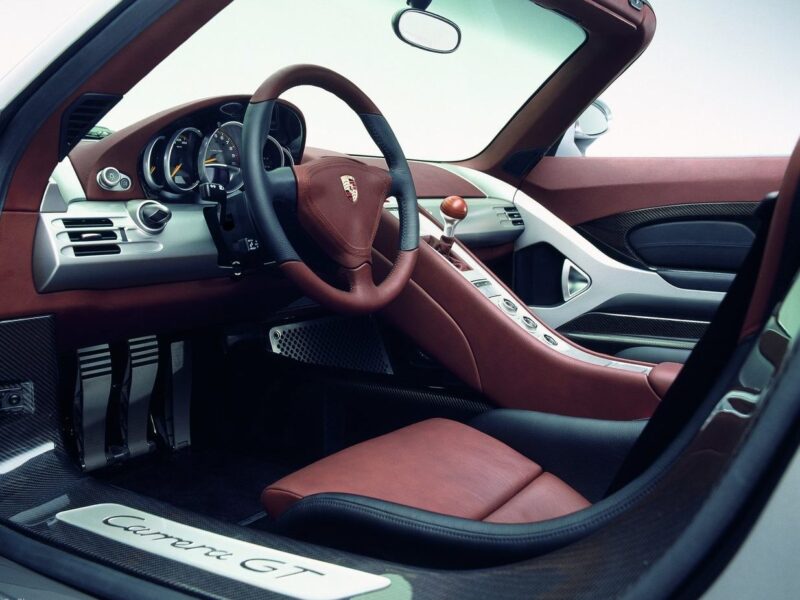
Onboard, the Carrera GT’s simple yet functional cockpit mirrors its driving experience. Terracotta leather trim was a popular choice back in the day, and the overall interior space is tight. A magnesium gear lever, sometimes replaced with either a carbon-fiber or beachwood knob (an homage to racing Porsches like the 908/03 Spyder 917k), falls perfectly to hand in the center console, surrounded by carbon fiber. Devoid of screens or switch gear or even a radio, things are old-school with an analog gauge cluster and basic climate control. The fixed carbon-fiber seats may offer little in the way of cushioning, but should provide optimal support during spirited drives.
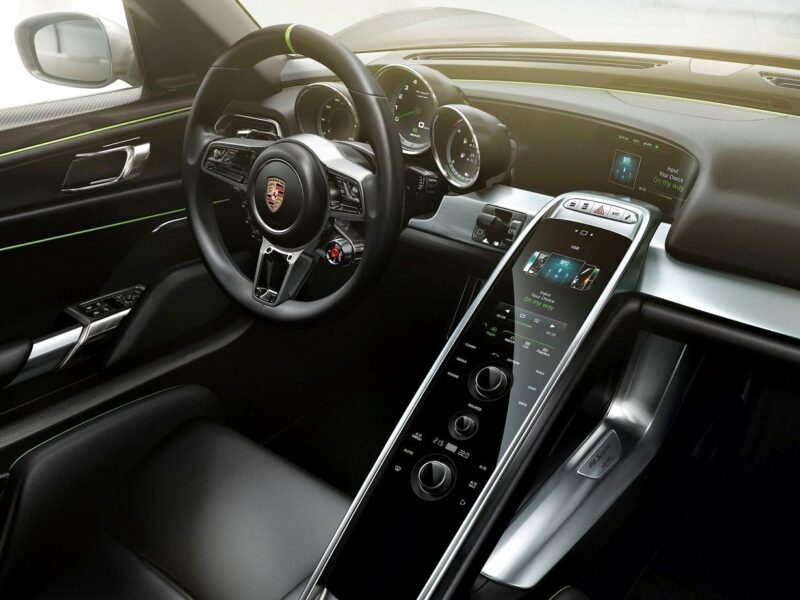
On the 918 Spyder, things are a lot more civilized, blending sportiness and functionality with modern luxury and convenience features. With a digital-instrument cluster, a touch-sensitive center console, a multi-function steering wheel, and a drive mode selector, you get a far more integrated and configurable onboard experience. The standard highback carbon fiber seats are wrapped in leather, and back when new, an ‘Authentic ’ leather package with heritage-inspired piping was also available. Rare by supercar standards, the 918 also features dual-zone climate and a high-end audio system from Burmester, making it a cabin that’s far more livable on a daily basis.
Practicality: Weekend Warrior vs. Everyday Hybrid Supercar
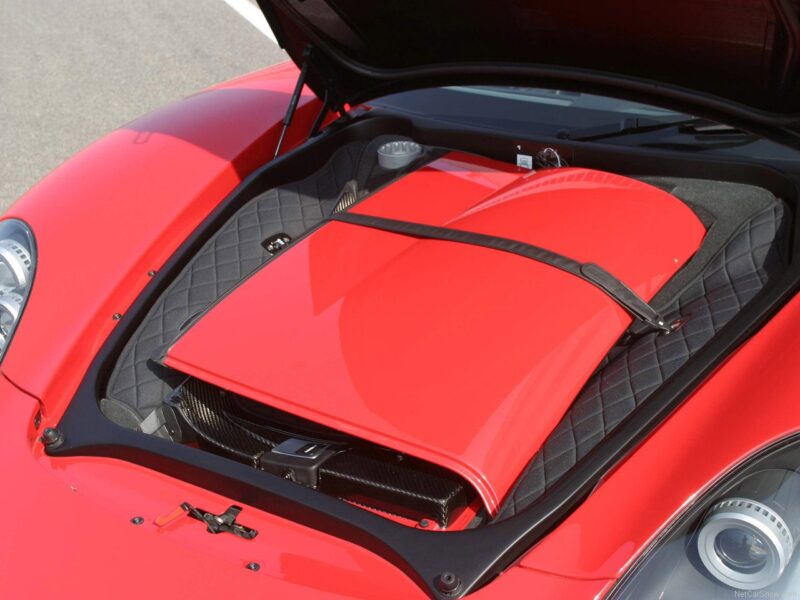
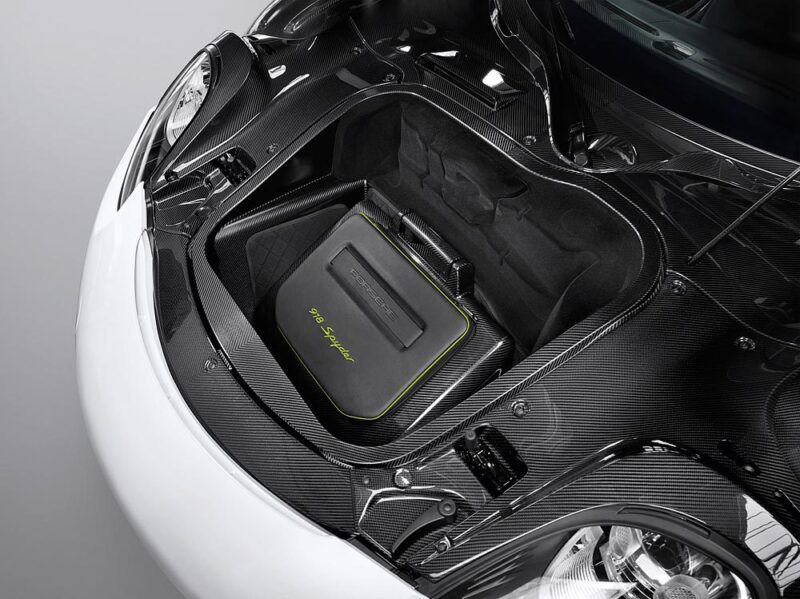
Despite being a supercar, the Carrera GT is surprisingly practical compared to its peers. The front trunk at 5.75 cubic feet is small but functional, and is shaped in a way to house the removable roof panels when not in use. The ride quality may be firm, but it should be fine with decent pavement. However, the lack of things like a front axle-lift system and the low-ride height means that navigating through city streets, speed bumps, and steep driveways could be a tense affair. While the ergonomics are great and the visibility is decent, the CGT is more of a weekend toy and doesn’t quite make the cut as a daily driver, owing to its lack of modern-day convenience features.
The more well-thought-out 918 pretty much takes care of these concerns. Thanks to its hybrid tech, 12 miles of EV-only driving from the tiny 6.8 kWh battery pack is on offer, making it ideal for urban jaunts and those early morning cold start-ups. Its adaptive suspension can be configured for comfort or stiffness on demand, and the optional front-axle lift system means you won’t have to contend with clearance issues. The lightweight roof panels on the 918 are stored behind the seats, which means you won’t lose out on the precious 3.9 cubic feet on offer. The 918 still remains one of the few supercars that you can actually drive daily.
Porsche Carrera GT Vs Porsche 918: Collectibility, Reliability & Price
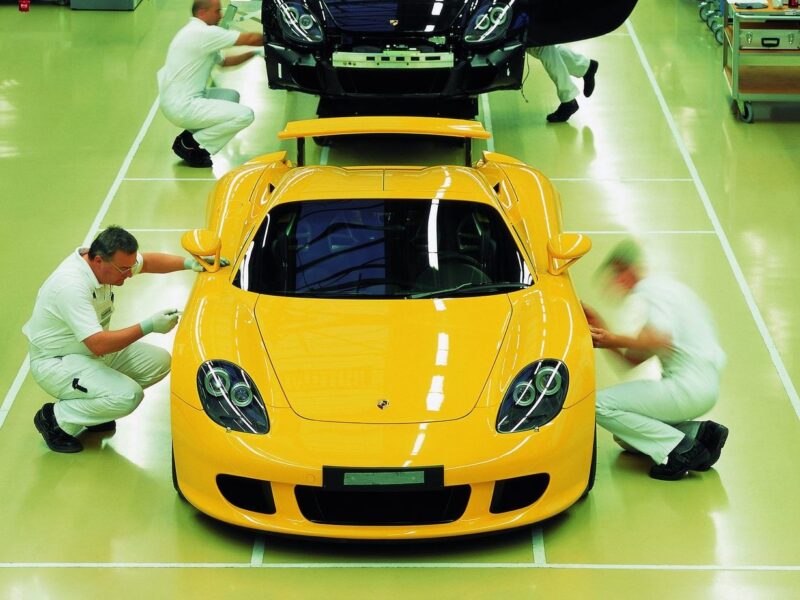
While both are blue-chip assets in the high-end automotive collector world, values and ownership experiences differ drastically. When it comes to the Carrera GT, valuations are especially sensitive to mileage. Examples with under 2,000 miles on the clock routinely fetch north of $2.3 million, while those with more miles (over 10,000 miles) land anywhere between $1.3-$1.6 million. Color also plays a major role here. The standard GT silver makes up the bulk of the 1,270 cars produced. But shades like Fayance Yellow, Basalt Black, Guards Red, and the ultra-rare Oak Green that we currently have listed, or Riviera Blue, command serious premiums. Factory options like carbon-fiber interior packages, full leather trims, and a documented service history through Porsche’s Weissach programs can all push prices higher.
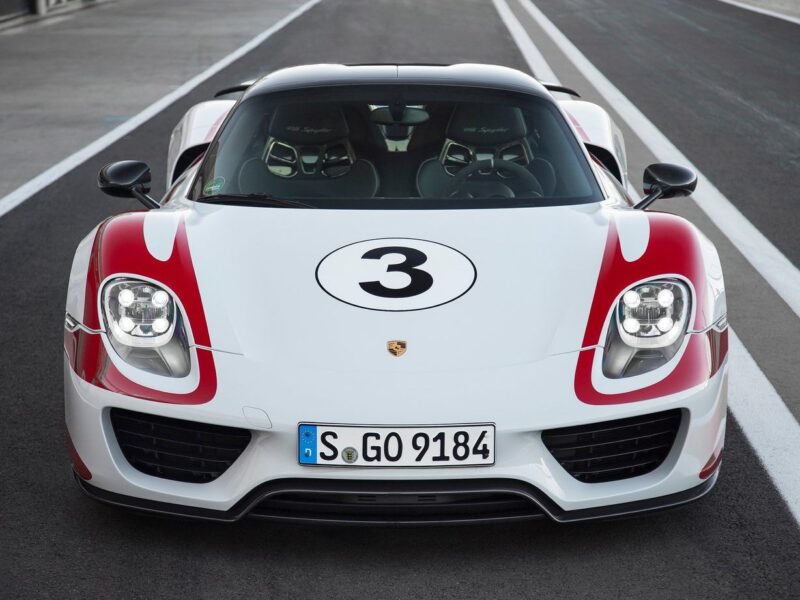
As for the 918 Spyder, though more modern, fewer were built, making it more exclusive than the CGT. Weissach Package cars, which slash weight by using a carbon-fiber roof, exposed carbon aero, and magnesium wheels, are some of the most desirable 918s. They often sell for $200,000 to 300,000 more than standard models. Mileage once again impacts values, with 1,000-mile examples fetching $ 2.5 million. Rare PTS colors like Voodoo Blue, Acid Green (which is also Porsche’s official E-Hybrid color), or Liquid Metal Chrome, when paired with custom wheel finishes and matching interior colors, make a difference. The rarest spec models feature Porsche Exclusiv Manufaktur detailing and are the most desirable cars among collectors.
Porsche Carrera GT Vs 918 Spyder Price
| Metric | Carrera GT | 918 Spyder |
| Production Years | 2003–2006 | 2013–2015 |
| Units Built | 1,270 | 918 |
| Original MSRP | ~$448,000 | $845,000 ($929,000 with Weissach) |
| Market Average (Past five years) | $1.4m | $1.9m |
| Value Trajectory | Steady appreciation | Strong appreciation since 2020 |
Values Sourced From Classic.com
Reliability & Common Issues
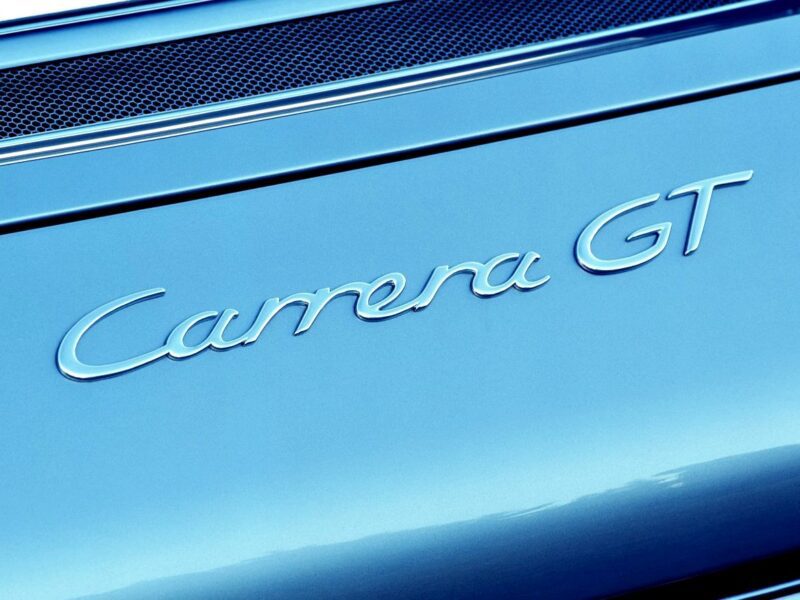
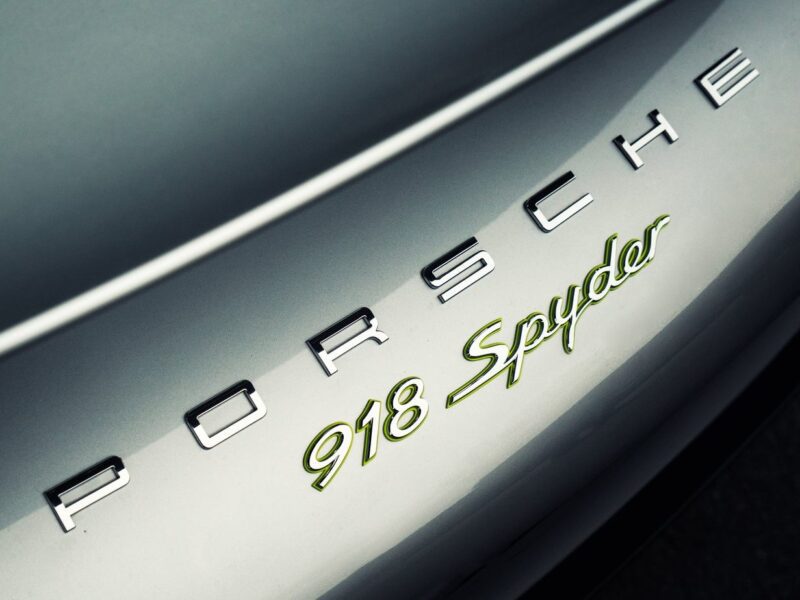
Carrera GT
Pros: The engine and gearbox of the Carrera GT are generally considered reliable, provided timely maintenance is carried out. Outside the official dealer networks, specialists like Repasi Motorwerks up in Connecticut know their way around a Carrera GT. With far fewer electronics, there’s a lot less that can go wrong.
Cons: The Porsche Ceramic Composite Clutch (PCCC) is difficult and very expensive to replace. You’re looking at least $25,000. The plastic coolant pipes should be swapped out for metal ones.
918 Spyder
Pros: The 918 is pretty bullet-proof when it comes to reliability. The battery of the hybrid system has proven to be durable.
Cons: Having said that, when it comes time to replace the hybird battery, it’s expensive. The additional tech on the 918 also means that things like the infotainment screens on earlier models have aged poorly. More complexity means that out-of-warranty jobs could cost you a pretty penny.
In the end, which one you choose between these two comes down to personal preference, especially if you’re the type of person who regularly gets behind the wheel. The Carrera GT, as already stated, is a weekend toy. Given the growing demand for manuals, especially in enthusiast circles, the CGT is the ultimate analog-era supercar and remains a timeless favorite amongst purists. But if you want a Porsche exotic that you can live with every day and drive more frequently, you can’t beat the 918 Spyder for its technology, features, and comfort on offer.
Image Source: Porsche
FAQs
1. How much is a Porsche Carrera GT worth now?
A. Depending on mileage, spec, and condition, the Porsche Carrera GT today is worth anywhere between $1.3 and $1.6 million. Low-mileage examples and special colors fetch higher premiums, even over $2.0 million.
2. Is the Porsche Carrera GT street legal?
A. Yes, the Porsche Carrera GT, although it packs hardware and technology derived from motorsports, including the V10 engine, is street-legal.
3. Why is the Porsche Carrera GT so special?
A. The Porsche Carrera GT is special because it is often considered the last analog supercar ever produced, owing to its evocative V10 engine, manual transmission, and rear wheel drive.
4. How many Porsche Carrera GTs were produced?
A. Porsche built 1,270 examples of the Carrera GT between 2003 and 2006.
5. What is the price of a 918 Spyder?
A. The Porsche 918 Spyder routinely fetches over $2.0 million, with Weissach models commanding a considerable premium.
6. What makes the 918 Spyder so special?
A. The 918 Spyder is part of the Holy Trinity of hybrid supercars that includes the La Ferrari and McLaren P1.
7. Is the 918 Street legal?
A. Yes, while it packs a powertrain derived from the RS Spyder LMP2 race car, the 918 Spyder is a street-legal supercar.
8. How many Porsche 918 Spyders were made?
A. Porsche produced 918 examples of the 918 Spyder between 2013 and 2015.

